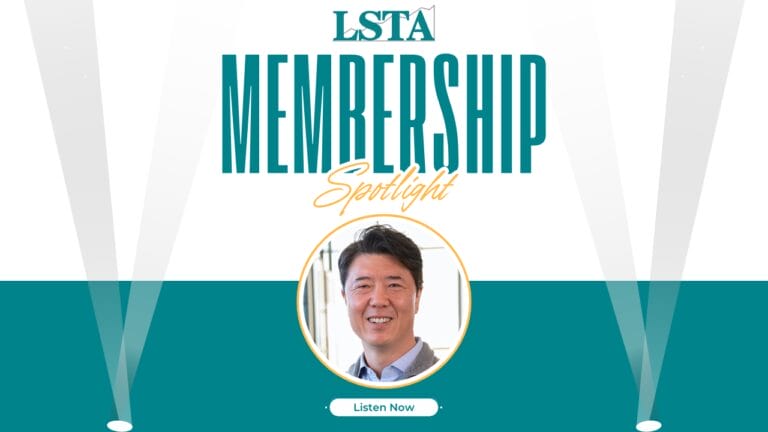July 1, 2020 - On June 30th the ARRC published an updated recommendation for fallback language for syndicated loans (“the 2020 recommendation”). We discuss the background and changes below, but want to flag upfront that a major change is that the second step of the waterfall is now Simple Daily SOFR, not Compounded SOFR. For member convenience we have also prepared a word version of the refreshed fallback language which is available here.
As a reminder, the ARRC first published recommended fallback language for syndicated loans in April 2019 and, at that time, the recommendations included an “amendment approach” (i.e. the streamlined amendment process which has been broadly adopted in the market since 2018) and a “hardwired approach” (i.e. predetermined terms to transition the loan facility to a successor rate and spread adjustment). The 2019 recommendations recognized that an amendment approach may be preferable at that time, but that an evolution to hardwired fallback language offered a smoother transition away from LIBOR. Since the 2019 recommendations there has been great progress with respect to understanding how SOFR might be referenced and operationalized in syndicated loans, as well as further clarity with respect to spread adjustments that will reduce value transfer upon transition. Therefore, the 2020 recommendation offers only refreshed hardwired fallback language. Like the ARRC’s first recommendation, the hardwired fallback language includes three components: 1) the trigger that starts the transition, 2) the determination of the replacement rate and spread adjustment (used to minimize economic transfer during the switch away from LIBOR) in accordance with their respective waterfalls, and 3) the use of the agent’s ability to implement conforming changes to allow for the successful administration of the successor rate.
So, what is different in the 2020 recommendation? First, while the triggers remain LIBOR cessation or the announcement that LIBOR is no longer representative (the “mandatory trigger events”), the recommended fallback language now also contemplates a tenor(s) by tenor(s) trigger event in addition to a trigger event with respect to LIBOR itself (see the FCA’s statement on LIBOR contractual triggers).
Second, a forward looking term rate (which does not yet exist) remains the first step, but the second step of the successor rate waterfall is “Daily Simple SOFR.” Discussions among loan market vendors and the ARRC Business Loans Working Group have resulted in the recognition that implementing a daily SOFR rate is the most sensible approach for loans. A daily rate can be applied on a simple or compounded basis, however, given the minimal basis between Daily Simple SOFR and Daily Compounded SOFR and the fact that Daily Simple SOFR is already operationalized, Daily Simple SOFR was determined to be the appropriate choice for the second step of the waterfall. (Readers should note that drafting alternatives for Daily Compounded SOFR and SOFR compounded in advance are also provided in the accompanying user’s guide.) The applicable spread adjustment is then selected in accordance with the provided waterfall, i.e. the ARRC spread adjustment, or if that is unavailable, the ISDA spread adjustment.
Third, the “early opt-in” feature included in the 2019 recommendations has been broadened so that the trigger is available so long as a certain number of USD syndicated loans reference a SOFR-based benchmark and the administrative agent and the borrower elect to initiate the process. Once that trigger event occurs, Required Lenders have five business days in which they can object to the early opt-in election before the election is successful on that next business day. By expanding the circumstances in which the “early opt-in” can be used, the hope is that it will offer a practical means of transitioning away from LIBOR in advance of a “mandatory trigger event.” It is important to note that the 2020 recommendation would place parties to a loan facility that transitions away from LIBOR through an “early opt-in” in the same economic place as parties to a loan facility that transition as a result of a “mandatory trigger event” once the ARRC or ISDA spread adjustments become set (as of the announcement of LIBOR cessation or precessation).
The differences described above are key features of the 2020 recommendation, but the refreshed fallback language includes important nuances and additional mechanics which are best understood through a complete reading of the user’s guide accompanying the refreshed fallback language (see Part III, pp. 10-31 of the 2020 recommendation). The publication of the refreshed hardwired fallback language is an important step in the LIBOR transition process – and inclusion of hardwired fallback language in transactions by the end of 3Q20 is a stated ARRC best practice for business loans. The refreshed fallback language together with the upcoming publication of the ARRC’s recommended conventions for business loans lay the groundwork for the loan market’s successful transition from LIBOR to SOFR. That being said, fallback language should not be the only means of transitioning away from LIBOR; originating SOFR loans will reduce transition risk markedly. To that end, the LSTA will shortly be releasing revised draft concept credit agreements referencing Daily Simple SOFR and Daily Compounded SOFR to help loan market participants further develop their transition plans.
For more information contact Tess Virmani on the refreshed fallback language or concept credit agreements or Meredith Coffey, the LSTA’s ARRC representative, on the LIBOR transition.






